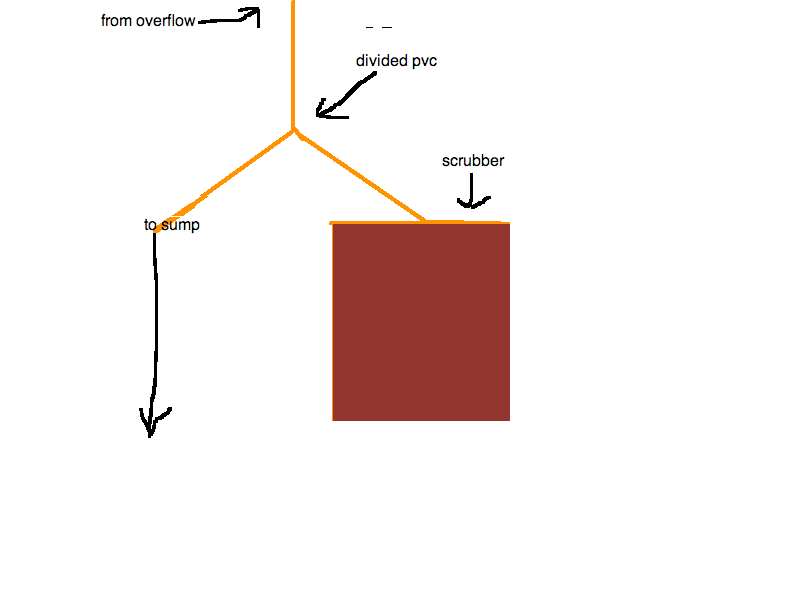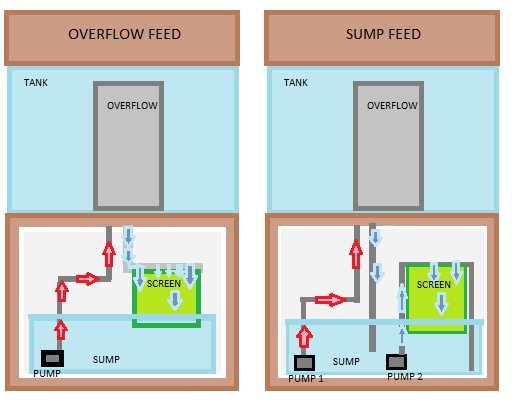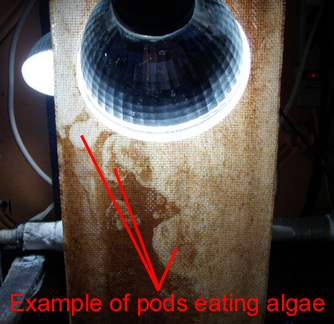Part 2 of 7:
Taken from "From the Food of Reefs to the Food of Corals" by Eric Borneman
"Nitrogen levels in [natural] coral reef waters are typically extraordinarily low, with most being found as ammonia. This is in contrast to aquaria, where the dominant nitrogen species is usually nitrate. Nitrogen is the be-all end-all for zooxanthellae growth and reproduction [zooxanthellae is what photosynthesizes light into food for corals]. By limiting nitrogen in the form of excretion products, the [coral] polyps keep the zooxanthellae in the numbers and density that maximize photosynthetic efficiency for its own use. Using several released compounds, most of which are still unidentified, the [coral] polyp stimulates the zooxanthellae to release virtually all of the products of its photosynthesis, and these are then used by the polyp for its own needs. If nitrogen was made readily available to the zooxanthellae (for example, if high levels were present in the water and this dissolved nitrogen diffused into the coral tissue), it could then be accessed by the algae without limitation by the polyp, and zooxanthellae could begin to grow and reproduce like a phytoplankton culture. In this case, the symbiosis becomes less advantageous to the coral, and it will expel some of the symbionts to try and re-establish maximal benefit from its algal partners. As a practical note, when very high densities of zooxanthellae exist in coral tissue [because of to much nitrogen], the resultant coloration of the coral is usually a rich or dark brown color.
"Coral mucus, in turn, and as was shown in the previous article, is itself a food source to the reef.
[Skimmer remove mucus, but do not remove nitrogen]






